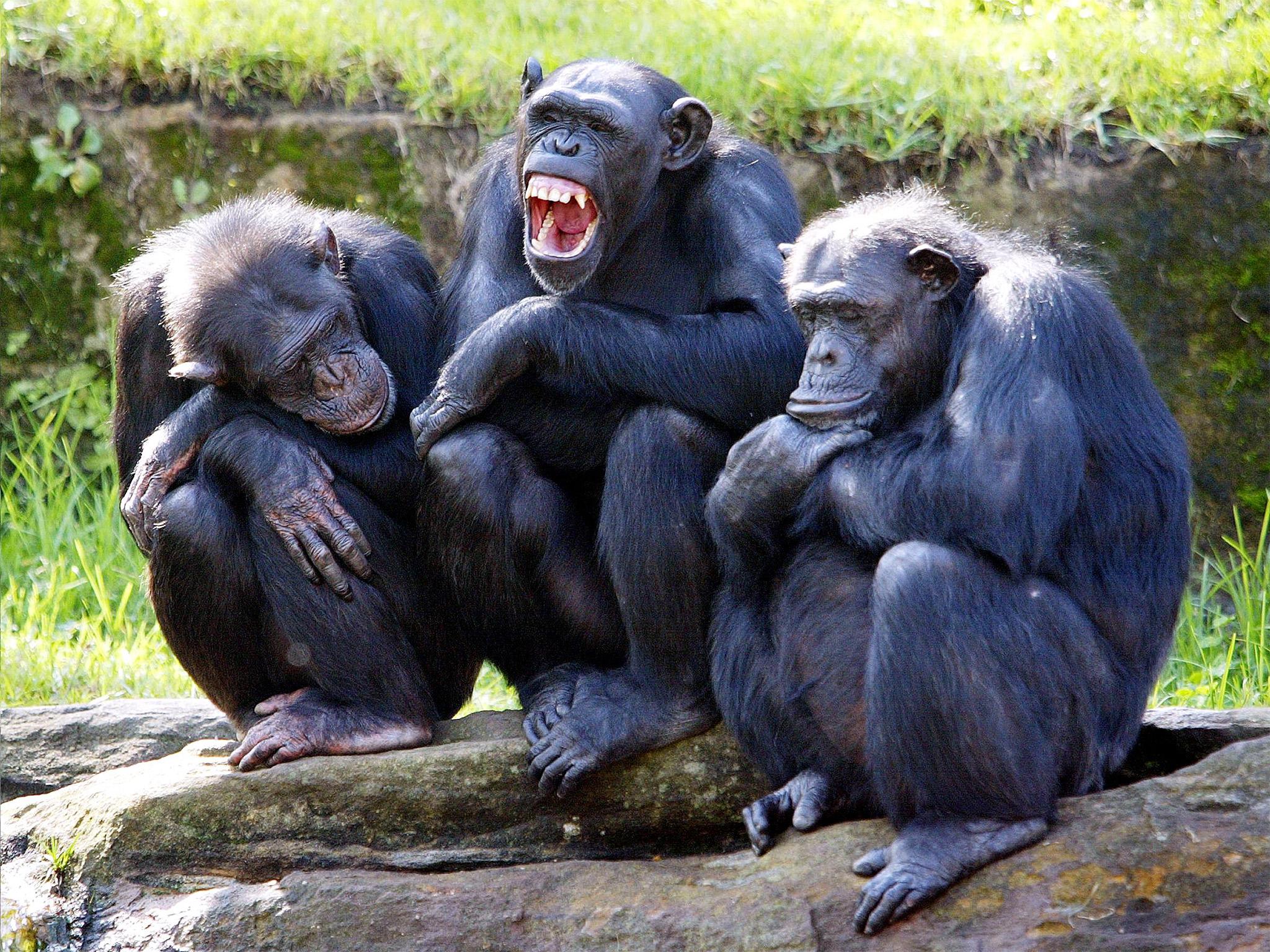People with back problems may have spines 'similar to chimpanzees'
The team said that an evolutionary lag had left some humans with bodies that were not perfectly suited to life on two legs

If you’re lucky enough not to suffer from back problems yourself, you’ll certainly know somebody who does.
Back pain is a particularly common health concern for humans and reportedly affects 8 out of 10 people during their lives.
It has often been thought that there is a link between walking upright and back problems due to the fact that humans are more commonly afflicted with back pain that other species of primates, including our closest relatives, the chimpanzee.
A team of biochemists from Aberdeen University now believe that they have solved the root of the problem by working out that, rather than being too dissimilar to the less suffering primates, those who suffer from chronic back pain actually have spines closer to those of chimpanzees.
Our spines have evolved considerably since we moved from using four legs to two-legged bipedal animals but certain human’s spines have retained characteristics that are similar to those of a chimpanzee, better suited to four legs.
The characteristics take on the form of a small lesion which forms in the disc between the bones of the spine and pain in the back.
The study, published in BMC Evolutionary Biology, involved scientists from Scotland, Canada and Iceland.
The team analysed the vertebrae of chimpanzees, orang-utans and ancient human skeletons in order to investigate the relationship between the shapes of the bones of the spine, upright movement and the overall health of the human spine.
The paper states: “Our findings show that the vertebrae of humans with disc problems are closer in shape to those of our closest ape relatives, the chimpanzee, than are the vertebrae of humans without disc problems."

The research, titled “The ancestral shape hypothesis: An evolutionary explanation for the occurrence of intervertebral disc herniation in humans’, discovered that that the individuals have a small lesion called a Schmorl’s node; essentially a small hernia which can occur in the disc between the vertebrae.
There doesn’t seem to be one single cause for the node but it is presumed to be linked to various types of stress and strain on the lower back.
Professor Mark Collard, one of the research team’s leaders, said: “As evolution occurred our vertebrae would have changed as we evolved from using some form of quadrupedal locomotion, using four legs, to bipedalism, using two legs.
“However evolution is not perfect and some vertebral characteristics, such as the ones we identified as being similar to chimpanzees, may have remained within the human ‘blueprint’ and result in some people having vertebrae that are less able to withstand the pressures of bipedal walking.”
Researchers say that their findings could eventually help doctors identify who may be at risk of back problems.
Professor Paul Dobney, another member of the team, said: “The findings not only have potential clinical implications but also demonstrate the benefits of using the theories and methods of evolutionary biology and bioarchaeology to bear on modern health issues.”
Join our commenting forum
Join thought-provoking conversations, follow other Independent readers and see their replies
0Comments